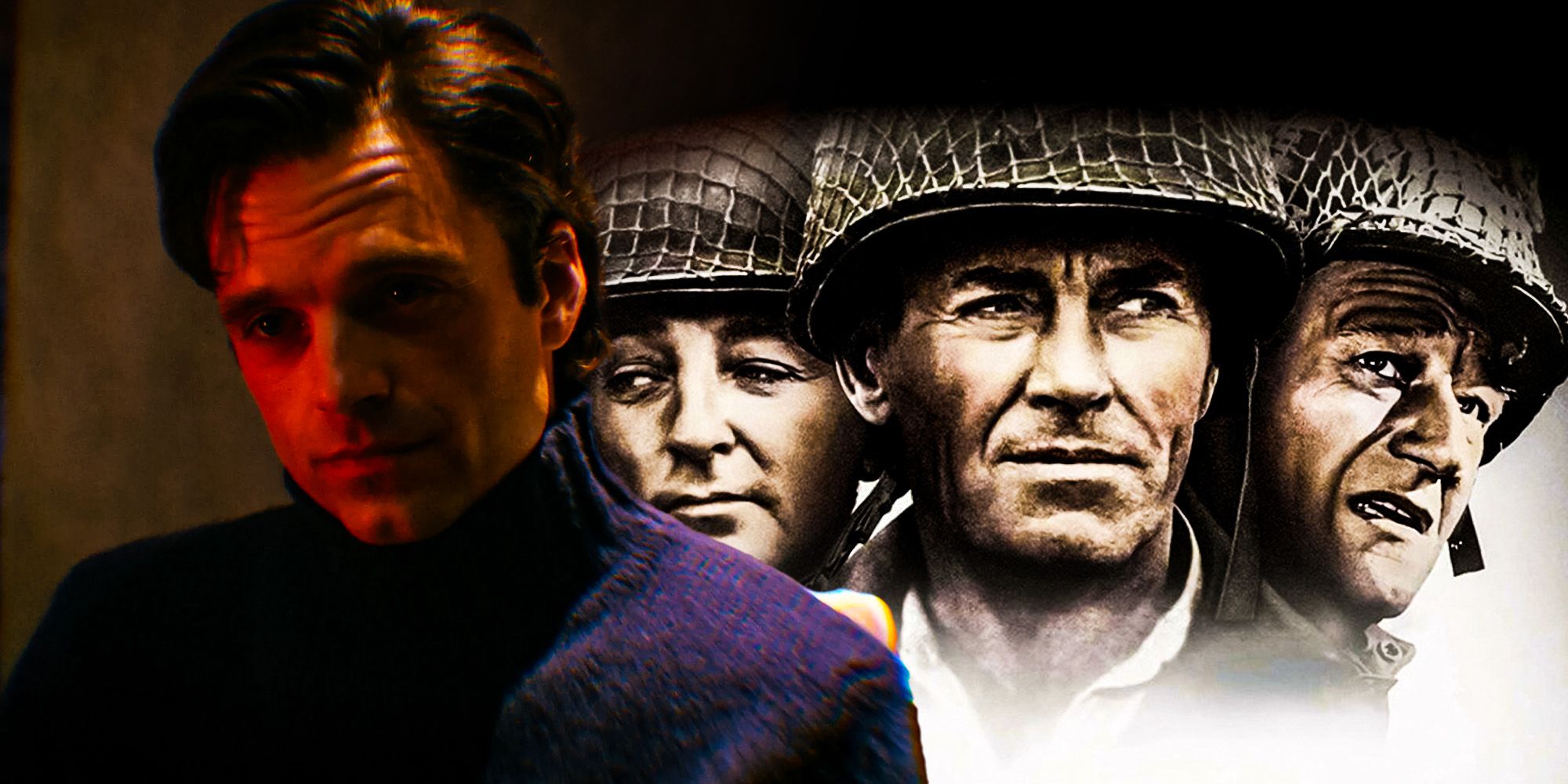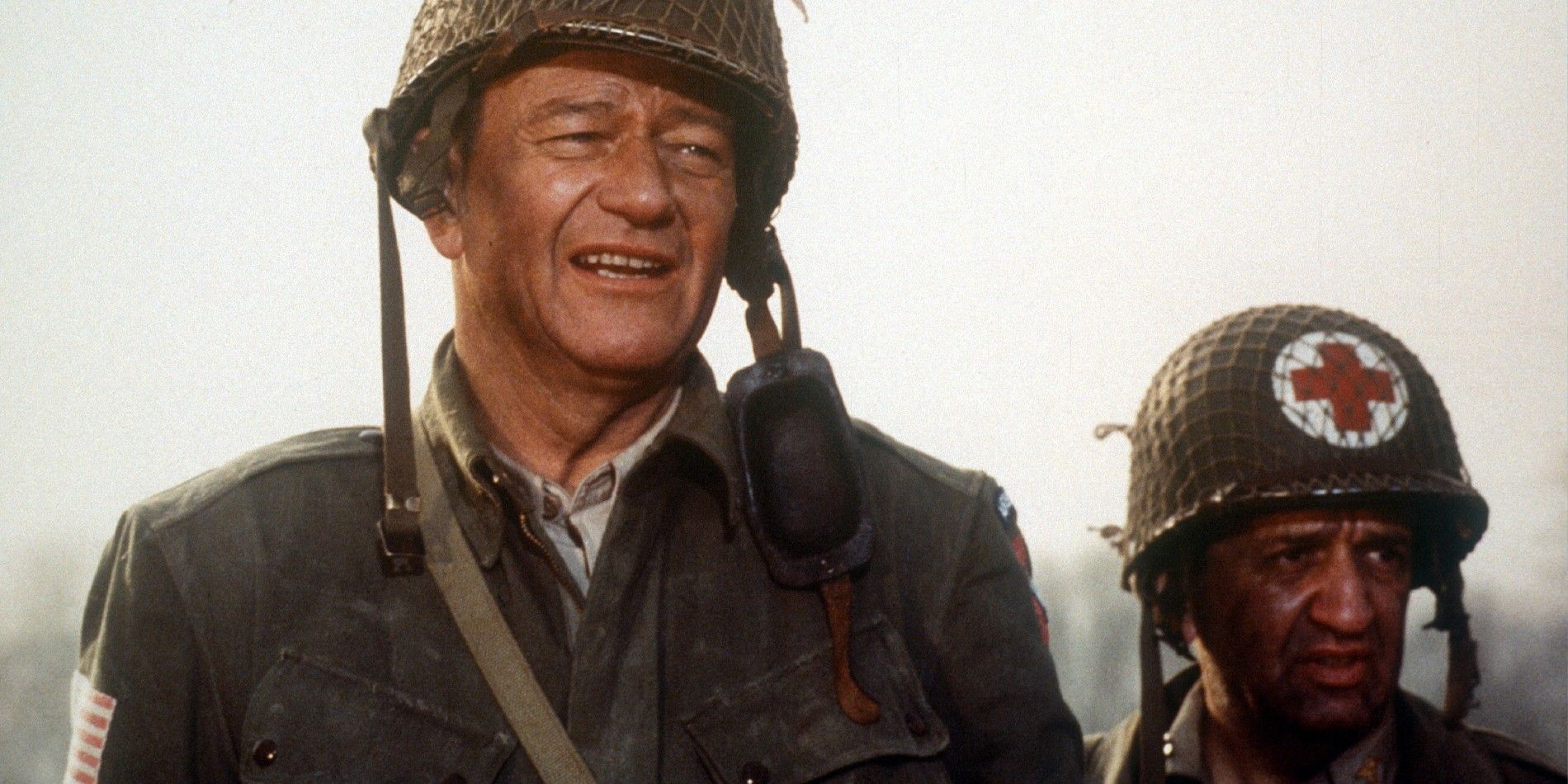Interestingly, while Fresh boasts a clever title sequence twist, another movie holds the record for the longest pre-credits opening in history. Through the decades, the way movies flash their opening credits has evolved. Movies from the 1950s and earlier had short credit lists because they only consisted of the cast and the primary members of the production team. As a result, these credits were placed at the beginning of the films so as not to get in the way of viewing itself. However, as the industry expected more workers to be recognized in the credits, the opening credits of movies nowadays are not only longer, but also more creative.
Over time, different styles of movie opening credits have emerged. Some movies have superimposed their credits with their opening sequences, allowing the plot to move forward simultaneously. Others, such as Ghostbusters 2, which is complicated by Ghostbusters: Afterlife, begin with a title-only frame, immediately getting into the story. While some films use this time to give the audience an overview of the setting, others maximize it by introducing its characters and setting the mood. Needless to say, opening credits are utilized beyond their original purpose, with various approaches and lengths depending on the team’s vision.
Currently, the movie with the longest pre-credits opening is The Longest Day. Based on Cornelius Ryan’s 1959 book of the same name, the 1962 film is a war epic shot in black-and-white. The Academy Award-winning production was directed by Ken Annakin, Andrew Marton, and Bernhard Wicki, featuring an ensemble cast that included John Wayne, Henry Fonda, Robert Mitchum, and Sean Connery, whose iconic portrayal of James Bond inspired the character's subsequent versions. The title and opening credits of The Longest Day began playing 3 hours, 40 minutes, and 7 seconds after the film started. All cast and crew credits were shared at the end, essentially making the entire film a pre-credits opening. Oddly enough, The Longest Day also did not display a 20th Century Fox logo, despite being one of its most expensive projects at the time.
As filmmakers execute their creative preferences, opening credits are strategically placed within movies to pique their audience’s curiosity. For instance, the Japanese road film Drive My Car, which premiered during the 2021 Cannes Film Festival, shocked its viewers by stitching an opening sequence roughly 40 minutes into its 179-minute runtime. The 2022 thriller Fresh, which subverts the "Final Girl" trope in horror movies, also had a long pre-credits opening. As the movie hit its 33-minute mark, its title sequence signaled the shift in genre from a modern romance to a cannibalism tale. Lastly, an arguably unorthodox use of this prolonged pre-credits opening belongs to No Time to Die. Instead of the typical Bond action, the sequence was a flashback to the childhood of a supporting character, waiting for 24 minutes before the title even appeared onscreen.
Opening credits traditionally signal the beginning of a narrative — a pause before the actual film begins. But as more original stories, such as Fresh, get told, the more unique they need to be. After all, as movie credits become more compelling, not only does the film benefit from it, but the creative minds behind the scenes also receive the recognition they deserve.


